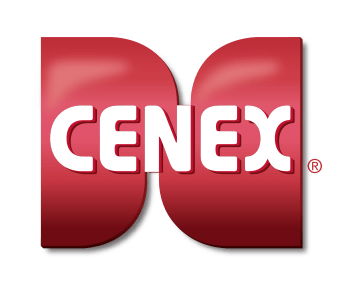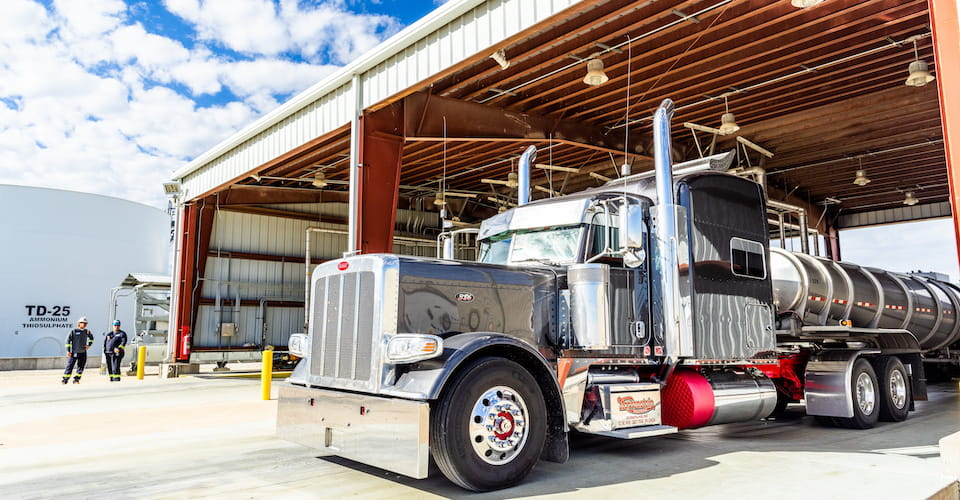
Demand for delivery service is growing, and while that’s great news for your business, it also presents new challenges for your fleet. When it comes to your vehicles, increased workload means increased strain — which in turn means increased risk of breakdowns.
For a fleet that’s already running lean, any unplanned downtime can result in consequences. From wasted driver hours to expensive repair costs to potentially even missed deadlines and unhappy customers, the added strain on today’s delivery vehicles can create a domino effect across your entire operation and impact your bottom line.
LEARN MORE: How to Keep High-Mileage Fleet Vehicles on the Road
All this means that keeping your fleet in top condition is more important than ever. After all, your vehicles set the pace for your whole business. When things are running smoothly, your entire operation can run smoothly as a result.
From front bumper to rear taillights, your vehicle has four critical checkpoints that depend on proper lubrication, especially when your fleet is working overtime. Perform a quick, regular lubricants checkup on these four areas to help keep your vehicles performing their best — even under demanding conditions.
Lubricant checkpoint #1: the engine
The first lubricant checkpoint comes as no surprise. A properly lubricated engine is table stakes for any fleet vehicle. This is especially true of modern diesel engines, which run under intense heat and pressure for maximum efficiency.
LEARN MORE: How to Reduce Your Fleet’s Cost Per Mile With an Oil Change
Always make sure to change your engine oil according to the interval recommended by your original equipment manufacturer. For optimal protection, consider using a quality full synthetic or synthetic blend oil, like Cenex® Maxtron® Enviro-EDGE® or Maxtron DEO.
Premium synthetic lubricants like the Maxtron product line are a vehicle’s best line of defense against the brutal conditions inside today’s engines. This is thanks to their high-quality synthetic base oils, which are engineered for stability against intense heat and pressure, and their balanced additive packages, which reinforce the fluids key benefits and protect against harmful engine contaminants.
LEARN MORE: A Simple 4-Question Test for Choosing a Diesel Engine Oil
Lubricant checkpoint #2: the transmission
The second area on your vehicle to monitor for proper lubrication is your transmission. Responsible for transferring power from the engine to the wheels, the transmission is one of your vehicle’s most important components.
Regardless of whether your vehicle operates using a manual or an automatic system, a synthetic transmission fluid can protect critical components and increase operating efficiency. Because of their thermal stability, synthetic transmission fluids provide exceptional oxidation control to reduce oil thickening and breakdown. The enhanced thermal stability allows for your transmission to operate more effectively and restore fuel economy.
For automatic-transmission vehicles, consider using Maxtron Full-Synthetic Heavy-Duty Automatic Transmission Fluid, which provides smooth shifting and excellent fuel economy. For manual-transmission vehicles, Cenex offers Maxtron MT Full-Synthetic Manual Transmission Lubricant, specially formulated for extended drain intervals and severe-condition service.
Lubricant checkpoint #3: the axles
Wheel axles are another important checkpoint. Inside, they contain special components called differentials, which compensate for the difference in distance traveled by the inner and outer wheels when a vehicle turns a corner.
Compared to other vehicle parts, wheel axles require extra thick lubrication because of the high pressure these components face. As a result, this application is another excellent job for a synthetic oil.
Full-synthetic gear lubricants like Maxtron GL are specially formulated for extreme durability and all-season performance. Maxtron GL also protects wheel axles through outstanding shear resistance, oxidation protection and thermal stability.
LEARN MORE: Gear Oil: The Lubricant You Need to Think About
Lubricant checkpoint #4: the chassis
Last but not least, no checkup is complete without a thorough inspection of the chassis. As your vehicle’s outer framework, the chassis is the component most exposed to the elements — making it an extremely vulnerable area.
A well-greased chassis is critical because it provides a seal for inner components. Without the protective barrier of a high-quality grease, a chassis cannot effectively shield delicate engine parts from the contamination of the outside world.
Consider using Maxtron FS, a premium full-synthetic multi-purpose lithium complex grease that provides superior structural stability with excellent resistance to water wash-out and protection against rust and corrosion.
To keep rigs running, it pays to be proactive
It’s no secret that managing a fleet is a hectic job, especially when experiencing increased demand. During such busy times, it can be easy to let preventive measures like lubricants maintenance fall through the cracks. A regular lubricants checkup, though, is a quick, easy way to save both time and money in the long run. All you have to do is be good to your vehicles, and they’ll be good to you.
Contact your local Cenex dealer to learn more about protecting your fleet and optimizing your operation with premium-quality oils and greases.












